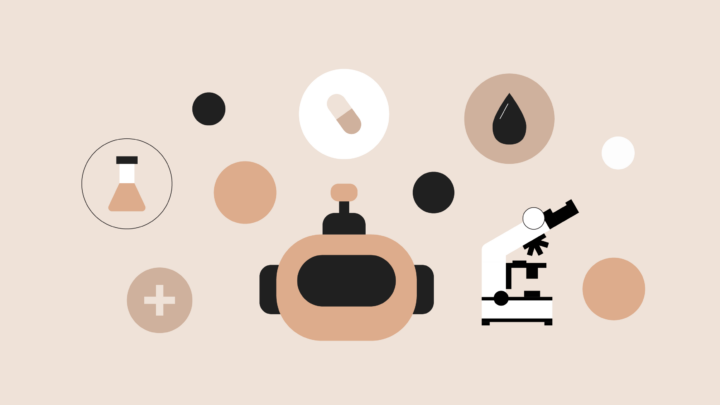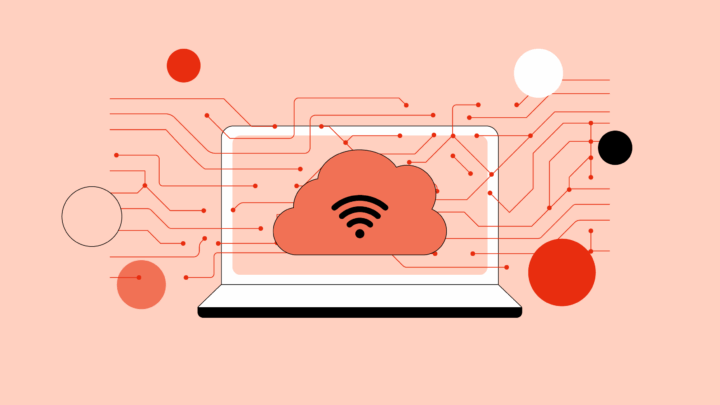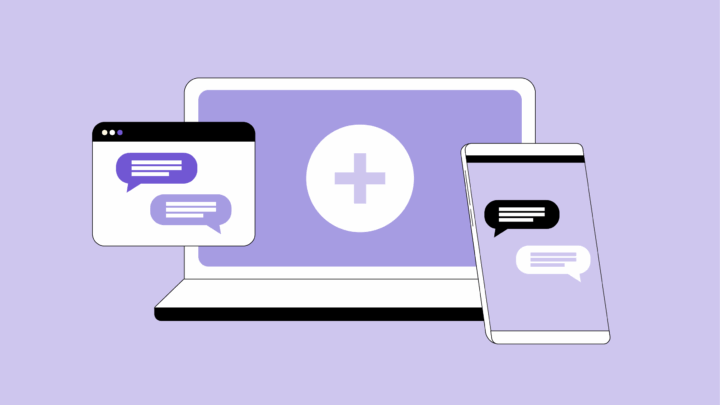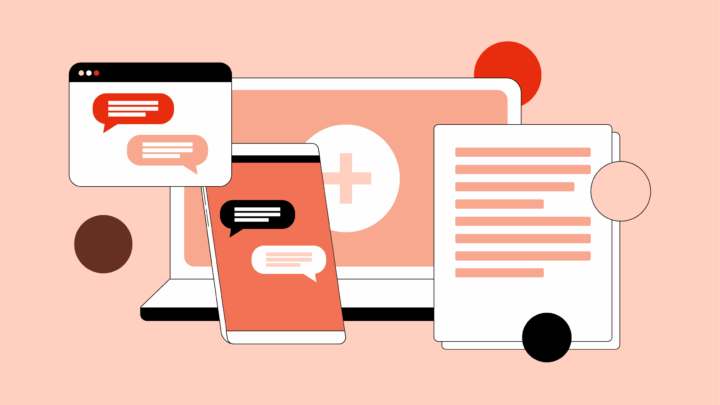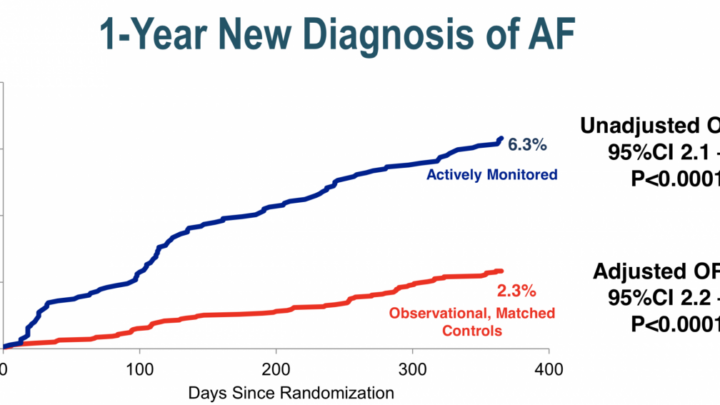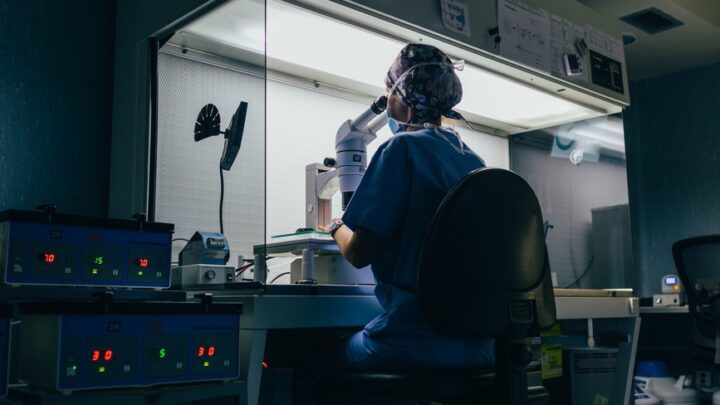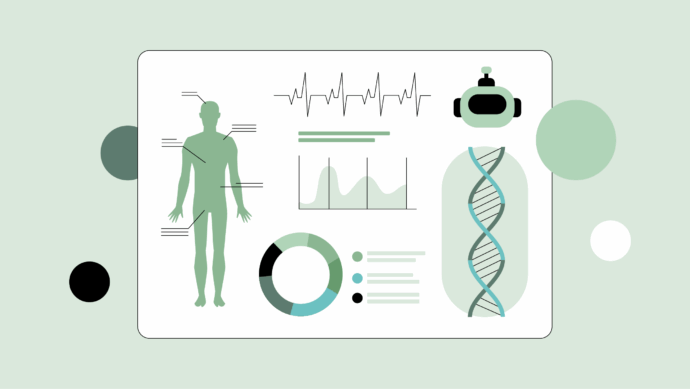
Modern healthcare is nothing without technology—especially with the rapid developments of recent years. One physician wrote on Sermo: “Healthcare technology is advancing at a clip never seen before… the healthcare sector saw significant growth, with innovations like virtual reality surgical training platforms, wearable health devices and advancements in telehealth.”
It’s due to these technological advancements that physicians have taken meaningful steps forward in their capacity to deliver value and evidence-based care.
In this article, we’ll cover the importance of healthcare technology, notable advancements and insights into how physicians globally view technology’s impact on medicine.
What is healthcare technology?
Healthcare technology refers to all technological infrastructure that assists healthcare institutions and professionals.
Technology in patient care experienced rapid advancement rates in the past century. In the early- to mid-1900s, medical researchers introduced now-commonplace technologies—penicillin, dialysis, ultrasound and others—and laid the groundwork for now-evolving fields, including telecommunication infrastructure and artificial intelligence (AI). Even newer technologies, like the blockchain and 3D bioprinting, are building on existing capabilities.
Due to the field’s advancement rate, 43% of physicians worldwide seek information on the use of technology in healthcare at least once weekly, according to a Sermo survey of U.S.-based physicians—another 35% do so monthly. Reflecting this, one physician posted on Sermo, “Emerging medical technologies are rapidly transforming healthcare, offering both exciting opportunities and potential challenges. As we witness advancements in telemedicine, artificial intelligence, wearable tech and more, these innovations promise to enhance patient care and accessibility.”

5 key advantages of healthcare technology
On the advantages of healthcare technology, Dr. Kyle Lee, BMLSc, BMBS, MPH, CCFP, Sermo Medical Advisory Board Member, wrote, “Technical proficiency is no longer a ‘nice-to-have’. As physicians, we recognize that mastering clinical skills forms the foundation of our practice, but without the ability to effectively leverage advanced technologies, we risk falling behind in providing optimal care.”
Here’s how individual evolving technologies influence key quality indicators: care accessibility, patient safety, patient monitoring, interdisciplinary communication and cost reduction.
1. Improved care accessibility
An observational study of 186 chronic disease patients indicated that telemedicine interventions improved care accessibility. “Telehealth is beneficial for patients with CHR/severe medical problems, transportation problems, childcare/caregiver issues and the disabled and elderly with reduced mobility,” explains a U.S. pediatrician on Sermo.
Similarly, 3D bioprinting technologies expand access to advanced therapies. Another physician wrote on Sermo, “3D printing has revolutionized the creation of artificial organs and tissues, offering new opportunities in regenerative medicine and customizing prosthetics, functional organs and tissues are being developed for use in transplants and drug trials, which could reduce the transplant waiting list and improve patient outcomes.”
Additionally, AI may improve care accessibility in rural and underserved populations. In a systematic review, Lieneck et al. reported that AI-driven diagnostic tools integrated with telemedicine improved diagnostic accuracy in rural populations. This integration also facilitated earlier disease detection. But some physicians are skeptical. “[AI] can be very good, but if something looks very good, it doesn’t mean that it is, does it? Maybe in environments where doctors are scarce it is good,” a Sermo member added.
2. Augmented patient safety
Smart infusion pumps and AI may improve patient safety. Larsen et al. indicated that smart infusion pumps with medication libraries and a dose error-reduction system (DERS) prevented medication errors in adult ICUs. These devices averted 1,136 errors and more than 300 potential adverse events. Similarly, researchers evaluated how AI algorithms affect medication management in primary care. Of the 14 studies included, 10 indicated that AI systems reduced medication errors—primarily through computerized decision support systems (CDSS).
This effect may extend to robotic technology. Oncological researchers found that patients who underwent robot-assisted surgery experienced fewer serious postoperative complications compared to those who had conventional laparoscopic surgery. Specifically, 1.3% of patients in the robot-assisted group experienced serious complications compared to 7.1% in the conventional laparoscopic group.
“Cutting-edge technologies like remote robotic surgery are revolutionizing the way we approach patient care,” comments Dr. Guy Jones, Medical Director for Oncology Nevada and Sermo Medical Advisory Board Member. “These advancements have the potential to improve quality, precision and efficiency in complex procedures while also expanding access to specialized care by breaking down geographical barriers. It’s an exciting glimpse into the future of medicine, where innovation continues to redefine what’s possible in healthcare.”
3. Enhanced patient monitoring
Wearable devices are an interesting group of technologies that both interest and concern clinicians. They gather more information than other monitoring methods—and faster—and empower patients to actively participate in their own care.
A strong body of research demonstrates wearable devices’ efficacy in patient monitoring. Wearable devices evaluate Parkinson’s disease symptoms as effectively as standard scale scores. They overcome the limitations of clinical evaluation scales related to objectivity, accuracy and sensitivity, and they give patients more control over their health.
More broadly, clinicians also commonly utilize wearable devices to monitor atrial fibrillation, sleep apnea, diabetes and other conditions.
Physicians also recognize wearable devices’ impact on other technologies. About 90% of Sermo survey respondents predict the continued growth of telehealth use, fueled by emerging technologies such as AI, robotics and wearable devices.
4. Streamlined interdisciplinary communication
Sermo surveyed its physician members on interdisciplinary communication challenges, and 57% cited information delays as a primary frustration. Advanced electronic health record (EHR) systems aim to mitigate this concern.
Researchers indicate that EHRs enhance care coordination by providing asynchronous access to integrated patient data and centralized records. However, they also note ongoing, familiar challenges for physicians:
- Asynchronous workflows can delay real-time communication.
- Specialty-specific interfaces create interoperability gaps and impede clinical alignment.
- Rigid authorization protocols limit care team adaptability.
Governance frameworks for EHR technologies are evolving to address these barriers.
On top of the benefits above, AI expands EHR functionality. Notably, AI may reduce EHR-based administrative workloads—which has direct implications for physician burnout rates. Speaking on AI’s systemic capacity, one Sermo member wrote, “AI … can help doctors make faster decisions and accurately, which would reduce waiting time for patients and improve the efficiency of the health system.”
Furthermore, telecommunications technologies may facilitate and improve interdisciplinary communication. Researchers associate teleconsultation with improved coordination among physicians. Other researchers observed a 14% reduction in inter-hospital transfers after implementing telemedicine technologies, facilitating remote specialists to guide external on-site treatment.
5. Decreased costs
AI systems may reduce healthcare costs. For example, an AI system called EyeArt, which is used for retinal image analysis, reduces per-patient screening costs. A Norwegian pilot study found that AI-based diabetic retinopathy screening saved approximately $143 per patient compared to traditional ophthalmologist exams—while maintaining similar diagnostic accuracy. The AI system demonstrated 100% sensitivity and high specificity in detecting referable retinopathy.
Similarly, researchers evaluated a decision-support AI—the “Tango” CADx system—for early gastric cancer detection. Researchers found an incremental cost-effectiveness ratio of roughly $11,093 per quality-adjusted life year (QALY) for using AI, below the typical $50,000/QALY threshold.
Researchers also indicate that early disease detection may lower healthcare costs. AI and deep machine learning systems demonstrate efficacy in this area. Adding to this, one Sermo member, a geriatrician, posted, “AI can help detect breast cancer at its earliest stages, which would increase survival rates and improve treatment outcomes.”

How technology has improved healthcare, according to other physicians
From enhancing patient safety and accessibility to streamlining communication and reducing costs, emerging technologies like AI, telemedicine and wearable devices are redefining modern medicine. While there are still challenges around implementation and trust, physicians recognize that healthcare technology leads to effective, evidence-based care.
The impacts of technology in healthcare are hard to ignore, and 81% of physicians on Sermo believe technical proficiency is as important as clinical expertise in their practices. One Sermo member adds, “Technology can be a valuable tool in healthcare, but it shouldn’t be the only solution… It is important that healthcare companies have rigorous quality control systems in place in their reporting process and that there is clear and effective communication between everyone involved in healthcare, from physicians to administrative staff to patients.”
Do you agree? Join the conversation. Become a Sermo member today.
